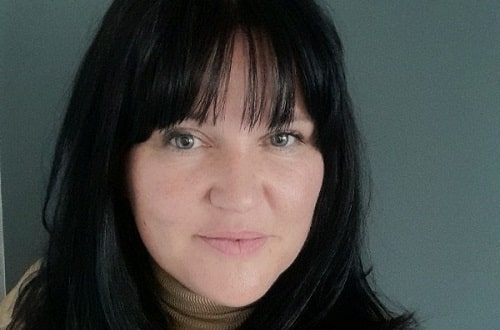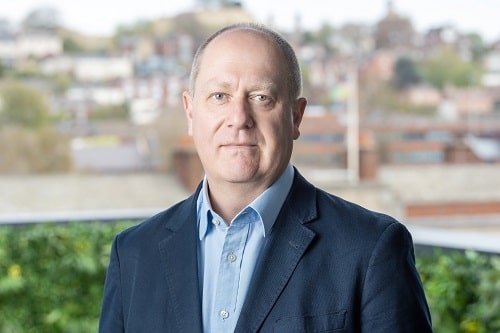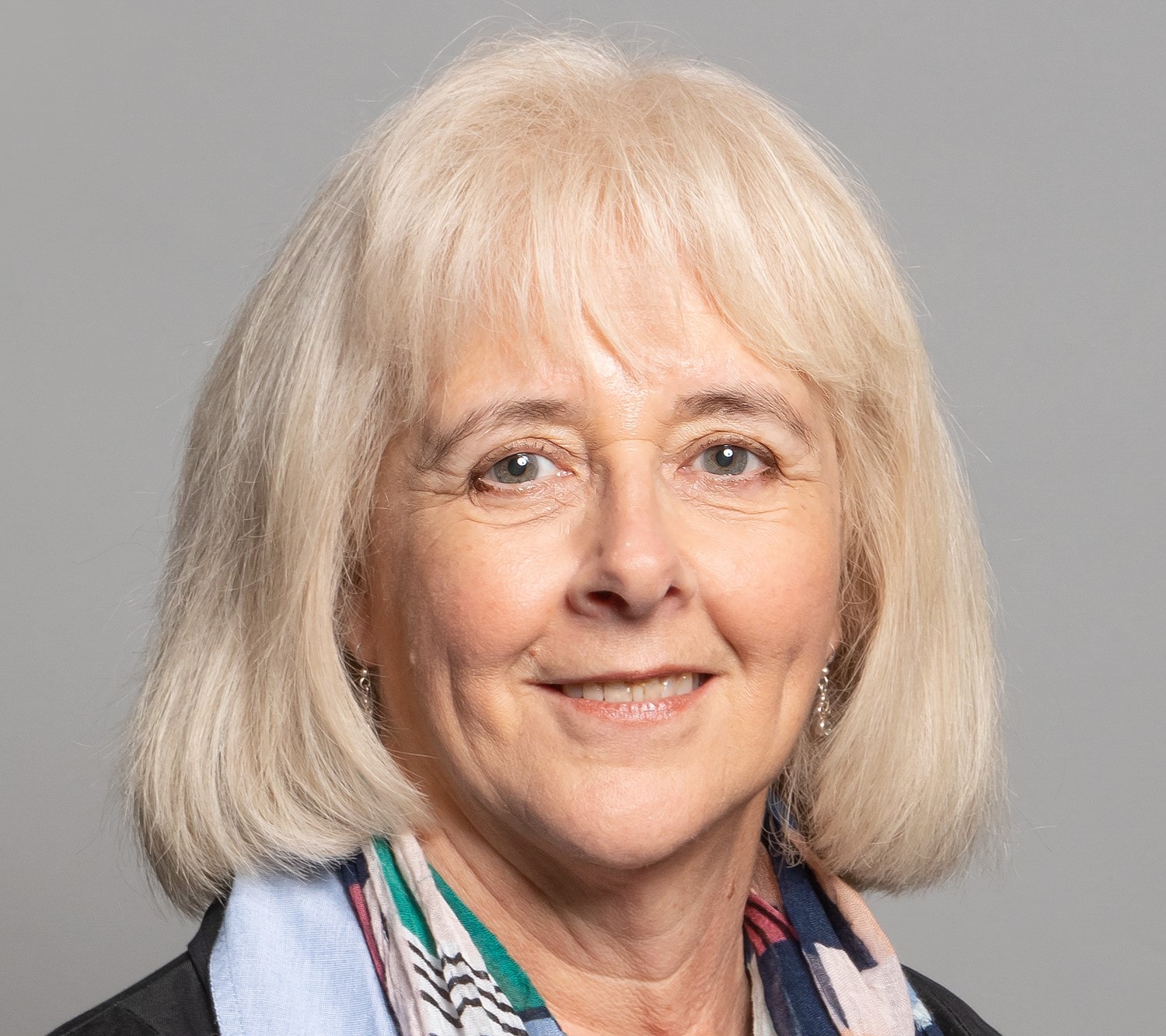If you look in your purse or wallet, there’s a good chance you will find a picture of Jane Austen – the result of a campaign initiated and led by Caroline Criado-Perez OBE when Elizabeth Fry, the Victorian prison and social campaigner, was replaced by Winston Churchill on the £5 note, leaving only men’s images celebrating achievement.
Opinion
Not a man’s world
She had form – establishing a campaign on female representation in the media when on successive days the Radio 4 Today programme had discussed teenage pregnancies and breast cancer with only men, no women experts. An equality campaigner, she suffered rape and death threats on Twitter, triggering ground-breaking prosecutions of her abusers and thereby strengthening all our protections against the misuse of social media. One final example of her campaigning impact on public life is that, among all the men, there is now a statue in Parliament Square to the suffragist Millicent Fawcett, sculpted by Gillian Wearing, also the only female sculptor of a statue in the square.
But what has this got to do with health and safety?
Her latest research has been into the impacts of, quite simply, not thinking about women, not taking them into account when analysing exposure to risk and experience of poor welfare in the workplace. There are two types of blind spot, the differences between genders in terms of physiology and the differences in behaviour, social situation and the consequent activities they engage in.
In safety, we have some form in this area. I can remember years ago listening to Richard Booth, Professor Emeritus at Aston University, explaining that British Standard guards did not prevent young Asian women putting their slender fingers into dangerous cutting and crushing zones on the equipment they were using in the Leicester lace industry.
Caroline’s new research, published as Invisible Women: Exposing Data Bias in a World Designed for Men, has explored the ways in which this often unconscious gender bias continues to put women in harm’s way.
The main focus is on the data gap, what we are being advised we don’t know and need to know to properly protect people. An example is that dust and its relationship to lung disease has been investigated in some detail, not least because the predominantly male workforce in coal mining suffered a great deal of disease and early death. But the large rise in breast cancer in the industrialised world over the past 50 years has not been matched by epidemiological studies exploring workplace exposures to potential carcinogens. Women are, on average, smaller than men and have thinner skin, so skin absorbed chemicals are likely to enter women’s bodies at a greater rate and have a larger internal concentration, and the higher body fat proportion in women’s bodies also means that the chemicals are stored for longer.
Because of the complications of doing otherwise, most research is focused on single chemical exposures but the workplace is much more complex. In nail salons, for example, the mainly female workforce is exposed to dust and fumes from polishes, removers, gels, shellacs, disinfectants and adhesives in a potentially toxic cocktail – and most women go home after a working day to use a range of domestic cleaning and other products to look after their families. These multiple exposures are almost wholly unexamined.
This isn’t just about chemicals. Most PPE is designed for a British Standard male, so safety harnesses, even police body armour, simply do not come in a range of sizes suitable for many women. But of course, getting this right for small women would also benefit smaller, often young, men. This is even an issue with the safety of vehicles, as crash test dummies are also usually male. And why do women on construction sites suffer more sprains and strains, could it be that the equipment they are required to use is ‘male’ rather than universal?
As with disability access, real equality benefits everyone who isn’t totally average and ‘normal’ – that is, almost all of us are better served and in this case protected. Looking after vulnerable workers becomes a ‘worst case’ that is safer and healthier for everyone.
That is why we welcome this important work, to highlight a whole area of vulnerability that needs to be addressed. It’s one of our prime areas of campaigning. Everyone deserves to do safe and healthy work in well-designed workplaces, and just as an emphasis on the gender pay gap or the #MeToo movement has drawn attention to equality issues that were ignored for too long, this research will help us in our work towards equality of safety and health at work. When we say no one should be injured or made ill through their work, we really do mean no one.
Invisible Women, available at: amazon.com/Invisible-Women-Data-World-Designed-ebook/dp/B07N1N6VKT
OPINION

The air we breathe is all our business
By Nicky O’Malley, director of corporate partnerships, Global Action Plan on 01 June 2023
Businesses have a vital role to play in improving air quality – and the UK’s Clean Air Day on 15 June is a great opportunity for companies to begin or renew their efforts in this area.

All jobs greener: why we need workforce transformation for a sustainable future
By Martin Baxter, deputy CEO, IEMA (Institute of Environmental Management & Assessment) on 01 June 2022
The shift to a green economy will create green jobs within new and emerging sectors, while those working in existing sectors will have to gain the requisite green skills to take advantage of the business value-creation opportunities that come from embedding sustainability across the whole organisation.

Preventing chemical pollution: how the UK is falling behind Europe
By Ruth Jones MP for Newport West & Shadow Minister for Agri-Innovation and Climate Adaptation on 01 June 2023


